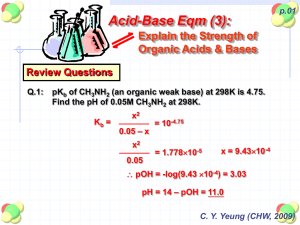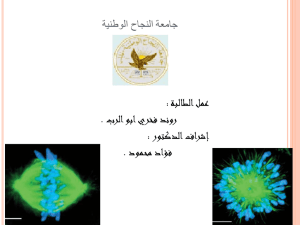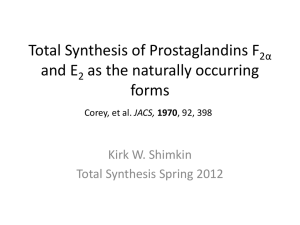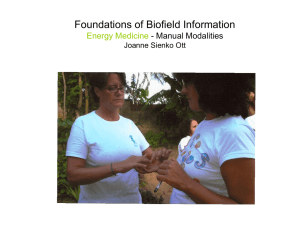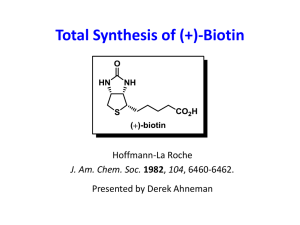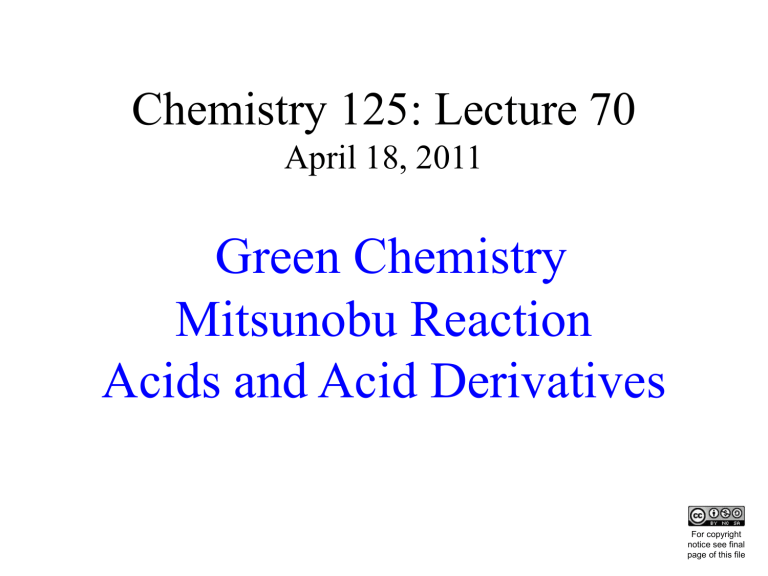
Chemistry 125: Lecture 70
April 18, 2011
Green Chemistry
Mitsunobu Reaction
Acids and Acid Derivatives
This
For copyright
notice see final
page of this file
Rest of the Year
Lecture 71 (4/20)
Acid Derivatives and Condensations
(e.g. F&J Ch. 18-19)
Lecture 72-73 (4/22,25)
Carbohydrates - Fischer's Glucose Proof
(e.g. F&J Ch. 22)
Lecture 74 (4/27)
Synthesis of an Unnatural Product (Review)
(Anti-Aromatic Cyclobutadiene in a Clamshell)
Lecture 75 (4/29)
Synthesis of a Natural Product (Review)
(Woodward's Synthesis of Cortisone)
New Processes Desired
Votes
Aromatic cross-coupling (avoiding haloaromatics)
6
Aldehyde or ketone + NH3 & reduction to chiral amine
4
Asymmetric hydrogenation of olefins/enamines/imines
4
+ NH3 + NADH
Greener fluorination methods
4
Like Nature
Nitrogen chemistry avoiding azides (N3), H2NNH2, etc.
3
Asymmetric hydramination
2
glutamic acid
H+
Greener electrophilic nitrogen (not ArSO2N3, NO+)
2
H
Asymmetric addition of HCN
2
Current Processes That Need Improving
Votes
Amide formation avoiding poor atom-economy reagents
6
OH activation for nucleophilic substitution
5
Reduction of amides without hydride reagents
4
Oxidation/Epoxidation (without chlorinated solvents)
4
Safer and more environmental Mitsunobu reactions
3
Friedel-Crafts reaction on unactivated systems
2
Nitrations
2
Mitsunobu
Reaction
Oyo Mitsunobu
(1934-2003)
Ph3P O R
Ph3P O
great leaving group
NuR Nu
Very general for
acidic Nu-H
(pKa < 15)
e.g.
R-CO2(RO)2PO2(RCO)2NN3“active methylene compounds”
O. Mitsunobu
Synthesis (1981)
Mitsunobu
Reaction
Oyo Mitsunobu
(1934-2003)
PhP:
1
“DEAD”
2
mild
pKa = 13
COOH
CO2
HO C C
HO
H
2 epimers?
painful
COOH
29
61% yield
>99% inversion
“active
methylene”
compound
O. Mitsunobu
Synthesis (1981)
Mitsunobu
Reaction
Oyo Mitsunobu
(1934-2003)
H
Mitsunobu
Inversion
(S)
OH
AcO
Ph3P
DEAD
H
(R)
HO
-OH
H
(R)
AcOH
Allows correcting
a synthetic “mistake”!
O. Mitsunobu
Synthesis (1981)
Mitsunobu
Mechanism
Three Nucleophiles
“tuned” just right
Diethylazodicarboxylate
(DEAD)
-3
Ph3P
H OR
pKa < 15
need an oxidizing agent
Ph3P O R
-1
Ph3P O
NuR Nu
great leaving group
but complete separation requires chromatography!
unless hooked to polymer beads
Eliminating H2O (18 mol.wt.)
generates 450 mol.wt.
of by-products.
“atom inefficient”
if X- attacks P+,
2
it comes
off again
+ OR
+
H
H
(reduced DEAD)
irreversible
O. Mitsunobu
Synthesis (1981)
Green Oxidation of
Aldehydes and
Alcohols
Benzoic
Acid
O2
Oil of
Bitter
Almonds
Air Oxidation of Benzaldehyde
Cf. sec. 18.12a
Catalytic Formation of Ester + H2
H
H
O-C-R
H H
H
H
H-
H
-C-R
H
H
H
R
H
H
R
H
+ N R involving analogous
N R
Another oxidation
removal of H2 from RCH(OH)2 plus
of completes
some kind ofReminiscent
C-O coupling,
closely balanced
2 R-CH2-OH + R-CO2-CH2R + 2 H2
NAD
NADH
with no other activation!
but Ru-H won’t
quite reach.
GREEN
H
H
+
H
Milstein et al.,
J.A.C.S. 127, 10840 (2005)
Catalytic Formation of Ester + H2
Thermochemistry of
2 EtOH AcOEt + 2 H2
Hf
HOEt
x2
-66.1±0.5
-132.2±1.0
AcOEt -114.8±0.2
H2
0
Hrxn
17.4
endothermic!
but forming 3 molecules
from 2 is favored
by entropy
especially at low pH2
Milstein et al.,
J.A.C.S. 127, 10840 (2005)
Also Amines
Imines, Amides, etc.
Milstein et al.,
Angew. Chem. IEE. 17, 8661 (2008)
Acids and
Acid Derivatives
This
Acidity of RCO2H
(e.g. J&F p. 836)
pKa
Additivity
4.8
4.8
1.9
O
Cl
OH
4.5
2.9
1.6
4.1
1.3
0.6
0.7
2.8
“Inductive Effect”
-0.3
Acidity of RCO2H
(Rablen, JACS 2000)
Hcalc
Resonance / Inductive
Numerology
(kcal/mole)
O
O
+
OH
O
-
O
-
+27.9
+
OH
localizedOHcharge O pKa = 16 – 5 = 11
Resonance
+
-6.2
means
better
solvation
OH
H
OHH2O = 4/3 * 11 = 15
+
From this viewpoint only ~20% of
the special acidity of the carboxylic acid
is due to resonance!
O
+ 34.1
=
Resonance = 4.8
Oind
3 Oind
Oind = 11.4
O
+
HO
Oind × 2
+
+ OH
O
OH
Resonance
O
-
O
-
+37.3
+
HO
OH
Resonance
Oind × 3
+39 (calc)
+ OH
O
+
+
OH
O
-10.7
+
HO
OH
HO
OH
Resonance × 2 Oind × 2
-13.2 (calc)
Making RCO2H by
Oxidation and Reduction
(e.g. J&F Sec. 17.6)
R-Li & LiAlH4
stop at C=O?
(e.g. J&F Sec. 17.7f)
End of Lecture 70
April 18, 2011
Copyright © J. M. McBride 2011. Some rights reserved. Except for cited third-party materials, and those used by visiting
speakers, all content is licensed under a Creative Commons License (Attribution-NonCommercial-ShareAlike 3.0).
Use of this content constitutes your acceptance of the noted license and the terms and conditions of use.
Materials from Wikimedia Commons are denoted by the symbol
.
Third party materials may be subject to additional intellectual property notices, information, or restrictions.
The following attribution may be used when reusing material that is not identified as third-party content:
J. M. McBride, Chem 125. License: Creative Commons BY-NC-SA 3.0



